Hiking tips for beginners
Whether it’s scaling up Mount Kinabalu in Sabah or embarking on unforgiving Everest expeditions, hiking is no easy task. Especially when you’re a beginner, climbing up a mountain in a foreign land might seem even more daunting.
Whether it is to challenge yourself, seek refuge amidst nature, or satisfy your inner adventure seeker, you don’t want insufficient preparation hindering you from achieving what you’re there for. Hence, we’ve rounded up some important pointers you should take note of before setting foot on hiking grounds.
P.S. There’s a hidden promo code for Amazon Singapore in this article!
Table of Contents
- Hiking tips for beginners
- How to plan a hiking trip for beginners?
- Breakdown of easy hiking trails around Southeast Asia
- – Malaysia –
- – Indonesia –
- – Hiking clothing & essentials –
- What is suitable attire to go hiking?
- How do I prepare myself for hiking?
- What items should I pack for a hike?
- When is the best time to go hiking?
- Guide to hiking for beginners
How to plan a hiking trip for beginners?
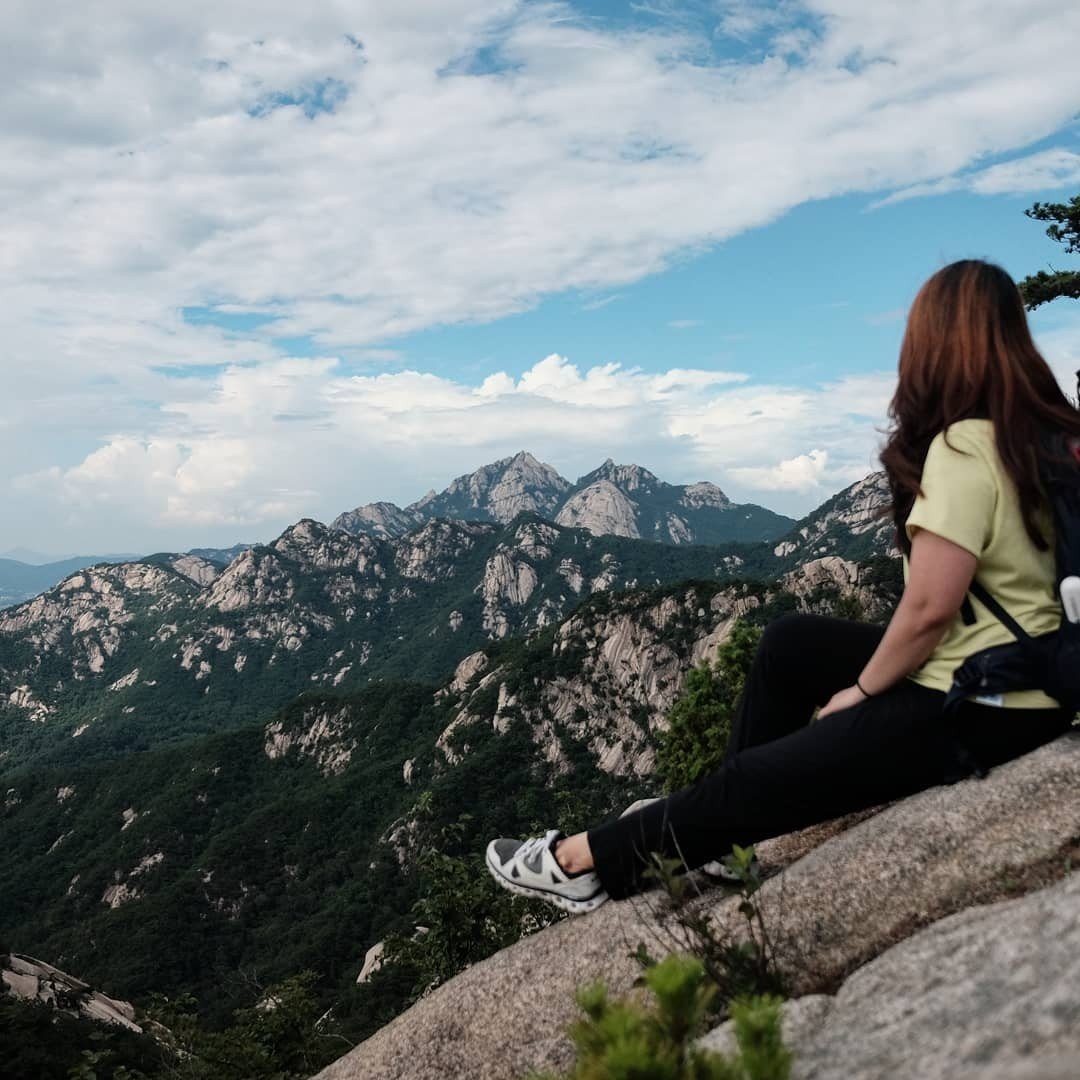 Bukhansan National Park in South Korea
Bukhansan National Park in South Korea
Image credit: @amelia_baik via Instagram
Remember the old saying, you must first learn to walk before you run? The same logic applies here. Before you go on to conquer those hikes overseas, try out these easy walking trails and hiking trails in Singapore first. You can also switch things up by hiking through abandoned places in Singapore or climb up to the peak of Mount Faber to inject some fun in your hikes.
Picking a suitable hiking location overseas boils down to 2 factors – your ability and experience. Ability-wise, a high fitness level and good health will place you in a better position to scale a greater height.
As for the experience, take note that hiking up Bukit Timah Hill in Bukit Timah Nature Reserve and hiking in a foreign country is a totally different ball game. Be prepared to face steeper trails and more intense weather.
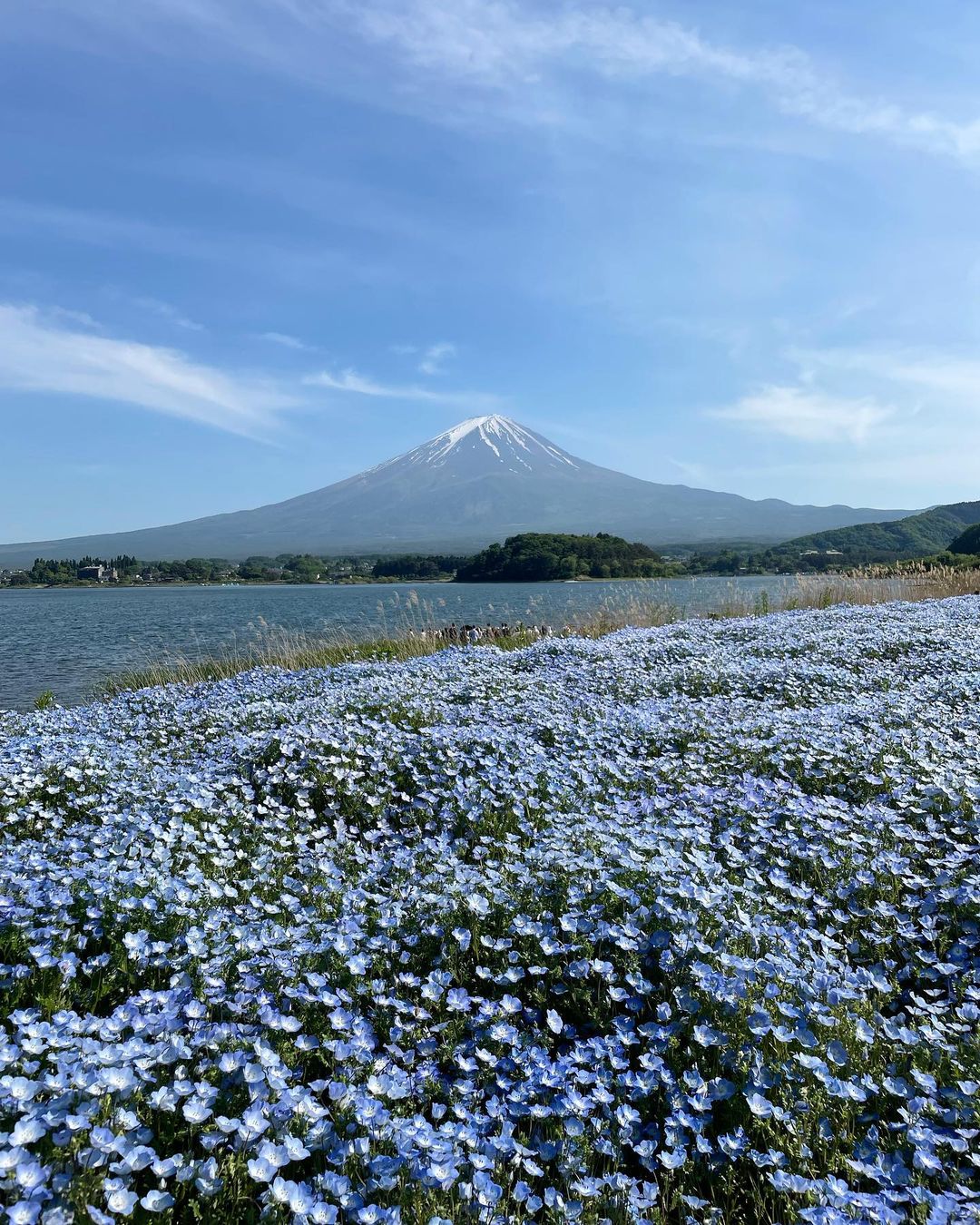
Mount Fuji.
Image credit: @phoebebemchen via Instagram
By doing a simple personal assessment in 2 two areas you can then determine which difficulty level to opt for. Most trails are categorised according to the 4 main groups, namely “Easy”, “Moderate”, “Challenging”, and “Very Difficult”.
Other things to consider are the duration of the hike, and of course how far and high up you’re willing to go. Be sure to check the season of the time period you’ll be travelling, especially for non-tropical countries – you don’t want a surprise visit from Frosty the Snowman.
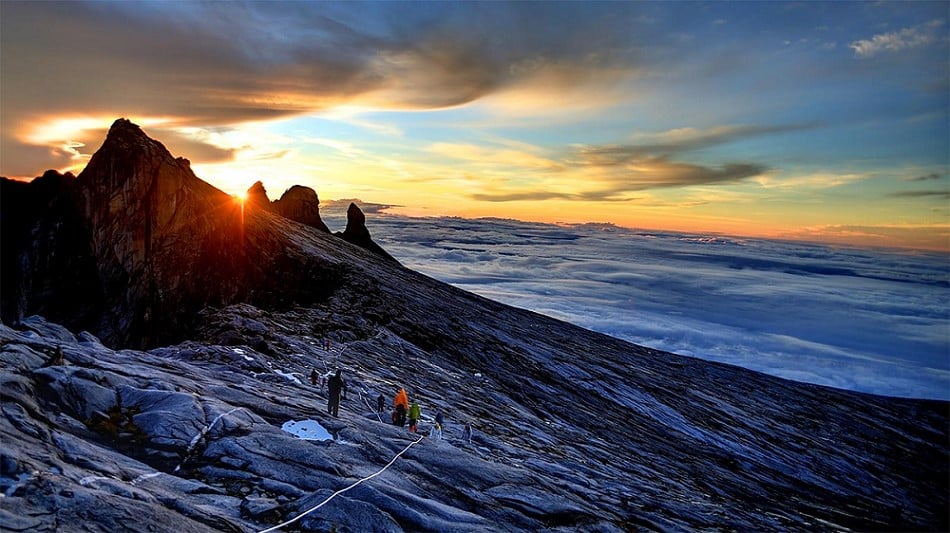 Mount Kinabalu.
Mount Kinabalu.
Image credit: G Adventures
For a concrete list of hiking locations, you can check out All Trails website which allows you to sort searches by proximity, difficulty, and suitability – including kid- and dog-friendly routes. Hiking Project’s website also allows you to search for trails while providing maps, photos, and reviews of the routes.
You will gain experience, but more importantly, confidence in yourself with these hikes – no doubt essential when it comes to overseas hikes later on. On that note, these 5 places are the easiest to start off your overseas hiking journey, and are good stepping stones to conquer more challenging heights later on.
Breakdown of easy hiking trails around Southeast Asia
| Mountain | Distance | Hike Time | Location |
| Bukit Jementah | 2-3km | ~ 1 hour | Johor, Malaysia |
| Gunung Pulai | 10km | ~ 4 hours | Johor, Malaysia |
| Gunung Arong | 5.5km | ~ 3-4 hours | Mersing, Malaysia |
| Bukit Payung Batu Pahat | 10 | ~ 4 hours | Johor, Malaysia |
| Gunung Ireng | 1.5km | ~45 minutes | Yogyakarta, Indonesia |
– Malaysia –
Bukit Jementah
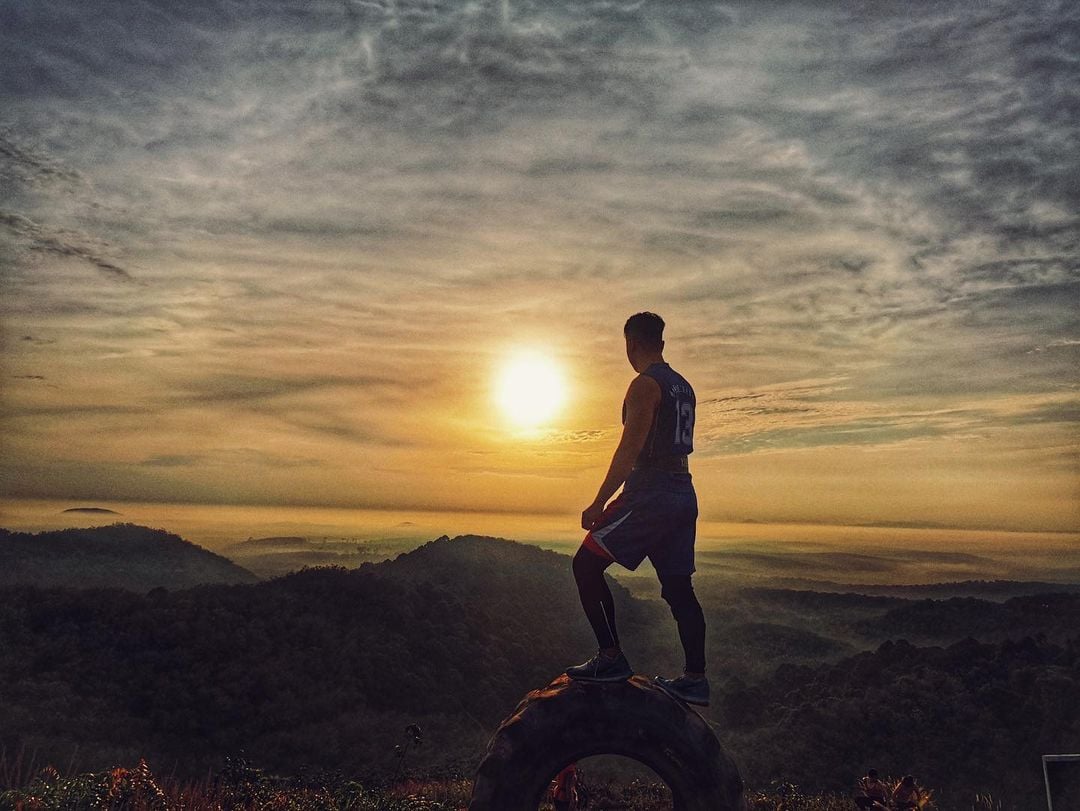 Image credit: @w_jkeong via Instagram
Image credit: @w_jkeong via Instagram
With lots of gentle slopes and tarmac paths, Bukit Jementah is a good easy hiking trail to start off with. It’s a short distance of 3km that will take you no more than an hour to reach the summit. For comparison’s sake, that’s just around 15 minutes longer than what it takes to hike up Bukit Timah, so you can use it as a way to gauge your progress.
Gunung Pulai
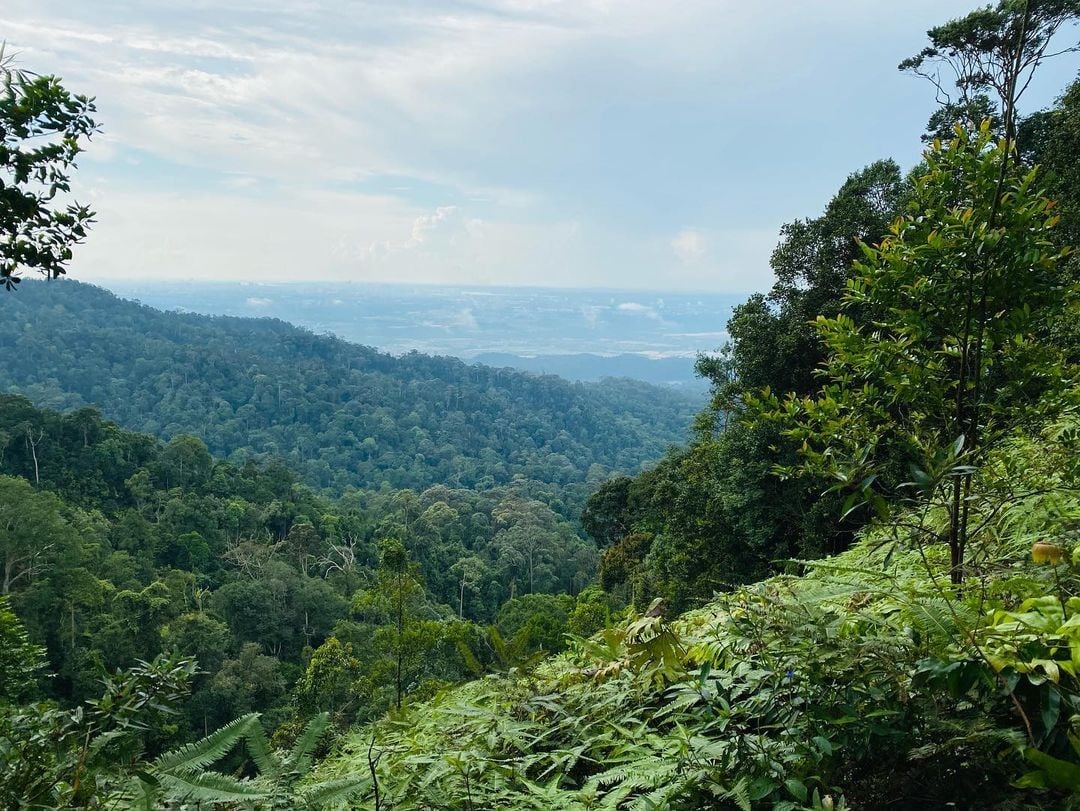 Image credit: @cheeyee via Instagram
Image credit: @cheeyee via Instagram
Gunung Pulai is another beginner-friendly hiking trail in Johor, and even has a waterfall for you to cool off in afterwards. It consists of 2 trails: the main road and jungle trail, which are 5km and 3.14km long one way respectively. Either way, it won’t take you more than 4 hours to complete the hike.
Gunung Arong
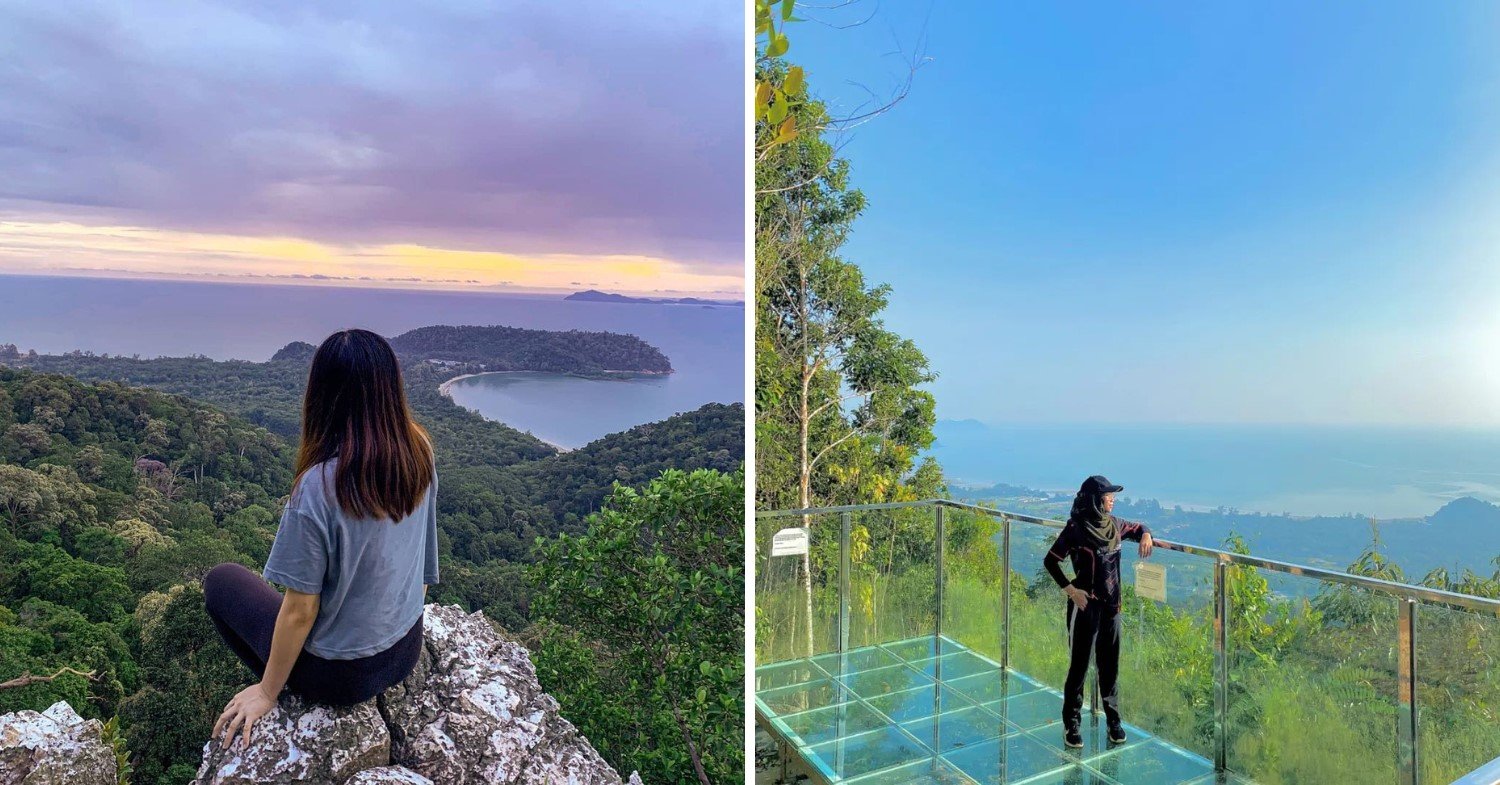 Image adapted from: @b3_0119, @o.suhailaa via Instagram
Image adapted from: @b3_0119, @o.suhailaa via Instagram
Get a panoramic view of the South China Sea at Gunung Arong. If you’re brave enough, try walking over the glass lookout point, where you can see how high up you are at the peak. Depending on which trail you pick, it would take you around 3-4 hours to complete this hike. In fact you could conquer this hill in less than a day, since it’s just a 2 hour drive away from Woodlands CIQ.
Bukit Payung Batu Pahat
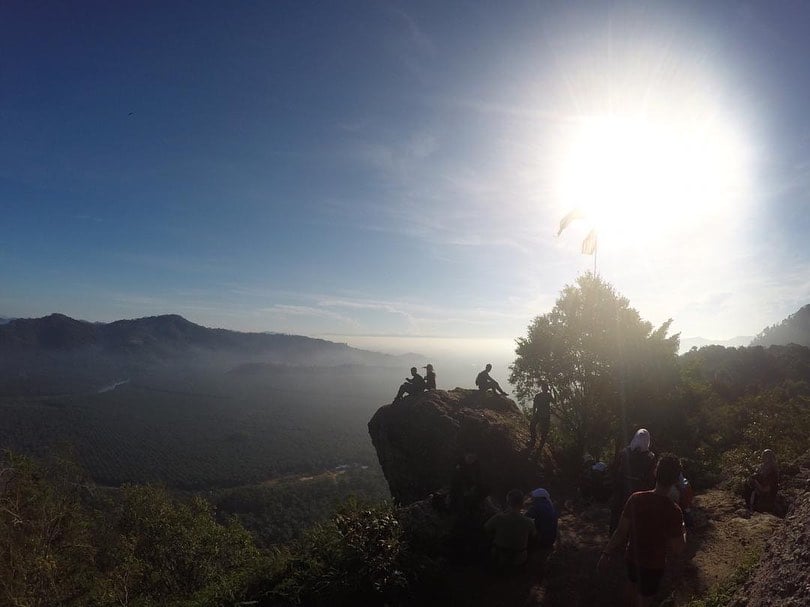
Image credit: @mohdfaffizarshad via Instagram
Bukit Payung is connected to 4 other hills: Bukit Alam, Bukit Berdiri, Bukit Bandkuit, and Bukit Botak, so you can cover a lot within a short time.
There are 5 summits, and all of them can definitely be climbed up within half a day. It will certainly boost your confidence in hiking, and will give you bragging rights to say “I conquered 5 peaks in less than a day”.
– Indonesia –
Gunung Ireng
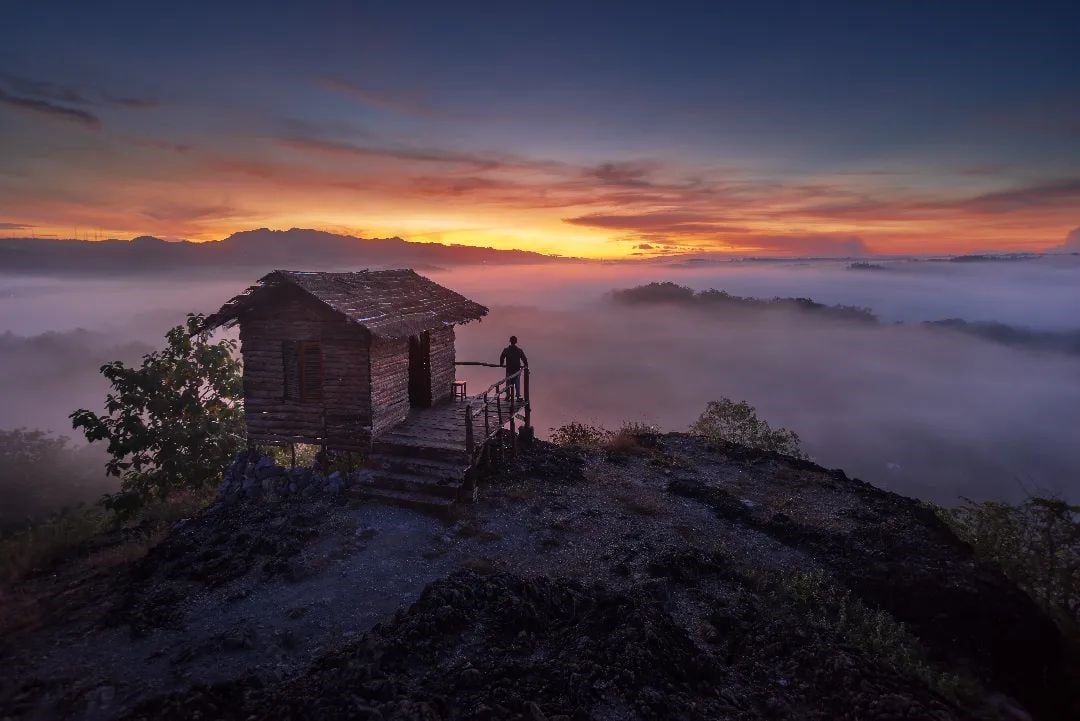 Image credit: @pw_panggih via Instagram
Image credit: @pw_panggih via Instagram
“The best view comes after the hardest climb” Well, not really in this case, as you can reach the summit of Gunung Ireng after a short 10-minute hike. There are also paths around the summit you can stroll along the enjoy the scenery so give it about 45 minutes to explore the area leisurely. The sight of the beautiful morning fog over the horizon at sunrise will give new meaning to the term “golden hour”.
Do note that the place gets real hot, real fast due to the lack of leafy foliage, and it’s best you visit early for a better experience. Rent a car and drive to the common parking lot before commencing the brief hike.
– Hiking clothing & essentials –
The last thing you want to do is to be caught unprepared for the elements during a hike. You could severely hurt yourself through sunburns, frostbite, or even dehydration. Use this checklist as you pack, so you don’t miss out on any items:
| Category | Item | |
| Backpack | 20L-35L hiking backpack | |
| Clothing | Lightweight pullover or Packable jacket | |
| Waterproof parka | ||
| Sports tights | ||
| Hiking pants or Convertible pants | ||
| Swimming trunks | Optional | |
| Swim goggles | ||
| Footwear | Hiking boots | |
| Socks | ||
| Food | Protein bars | |
| Protein powder | Optional | |
| Water | Steripen – water filtration device | Optional |
| Water bottle | ||
| Hydration gel | ||
| Other essentials | Navigation devices – map, compass | |
| Headlamp | ||
| Sun protection – sunblock, sunglasses, sun sleeves | ||
| First aid kit | ||
| Matches, lighter | ||
| Sleeping bag |
You can find all these items on Amazon Singapore. Just for TSL readers, you can get $10 off when you spend a minimum of $60 on Amazon Singapore. It is valid from 21st November to 2nd December 2024.
What is suitable attire to go hiking?
What clothes to wear when hiking
Choosing the right clothes for a hike is largely based on the weather which you’re hiking in. But whatever the weather, always opt for waterproof, sun protecting, and most importantly, comfortable clothing. Fashion should be the least of your concerns when you’re on your hike.
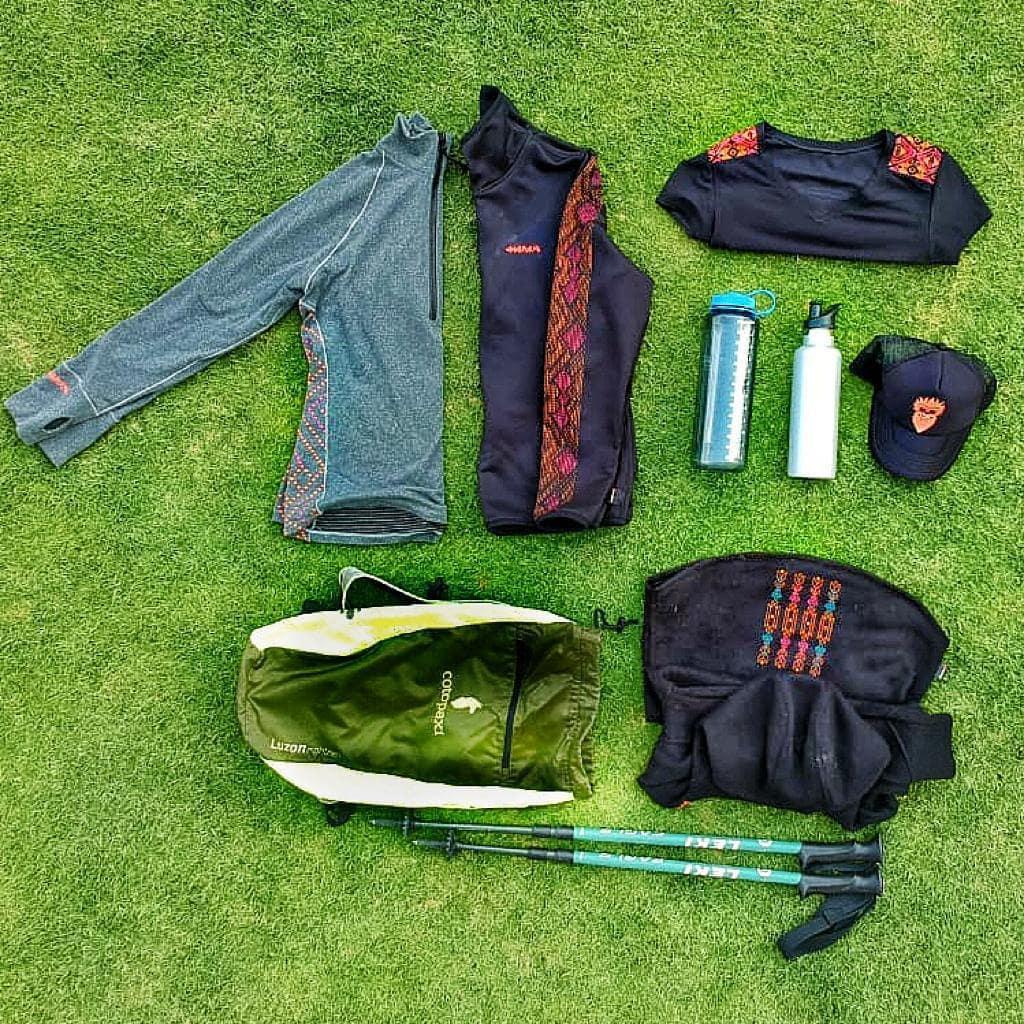 Image credit: @santero_apparel via Instagram
Image credit: @santero_apparel via Instagram
For colder climates, make sure to check off at least 3-4 layers of clothes. Your base layers should be made of quick-drying materials like polyester, since you’ll sweat once you start hiking and you don’t want to feel clammy during your hike. Pack on an insulation layer on top of a lightweight pullover or packable jacket, followed by outerwear like a waterproof parka. As for bottoms, sports tights underneath hiking pants can add another layer of insulation.
If you’re hiking in a tropical country, just a simple tee is enough. But do bring along a waterproof jacket that provides sufficient warmth because it can get colder when you ascend to higher altitudes. Convertible pants are also a good option as they protect you from getting cuts and insect bites while allowing you to switch to a shorter length when it gets hot.
You can pack on a pair of swimming trunks, in case you want to take a dip at a lake on the way to the summit. While having a dip is fun and dandy, be sure to strap on a pair of swim goggles if you have sensitive eyes.
What type of shoes to wear
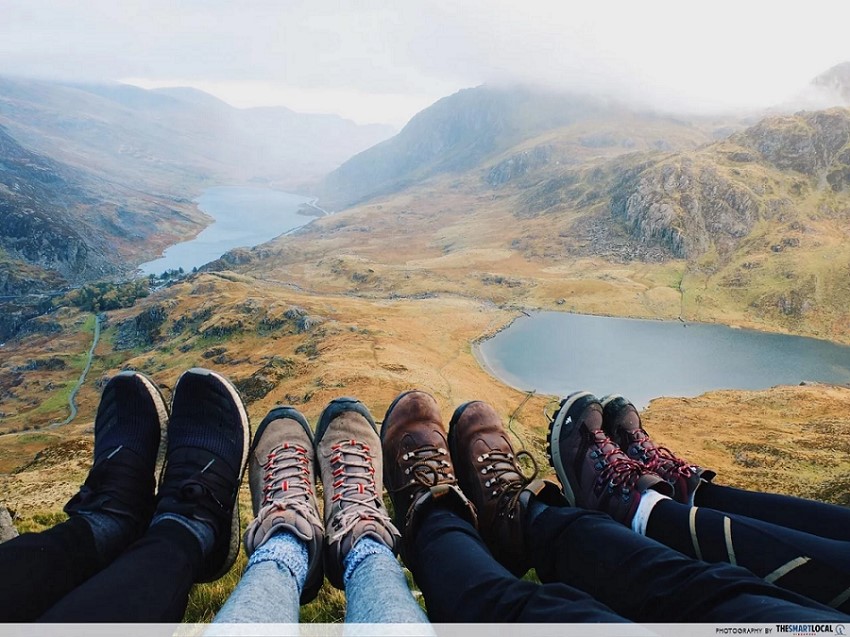
When it comes to hiking, footwear is everything. Hiking shoes might look intimidating with their chunky, clunky soles, and thick heel paddings but you simply have to consider 4 factors when deciding on the right pair: support, material, fit, and comfort.
Hiking boots are more suited for multi-day expeditions whereas shoes are good enough for one-day hikes. You can even opt for high-cuts if you have jelly ankles as those will give your feet more support and prevent sprains. In terms of material, you’ll be better off starting with something lighter that is both breathable and has a waterproof exterior, which will work well in rain.
Try to go for a size bigger than your actual foot size to give your toes enough wiggle room. However, your feet should not be able to lift from the shoe with every step you take. Try walking around to test the fit and comfort before making your purchase. Stores like Decathlon have elevated gravel grounds where you can assess the anti-slip and grip of the shoes as well.

Image adapted from: Decathlon Singapore via YouTube
Not forgetting socks, of course. Simply get thick socks for cold weather and breathable lightweight ones if it’s hot.
How do I prepare myself for hiking?
Before you get the show on the road, try scheduling at least a month’s worth of training to condition yourself both physically and mentally. From shadowing local training groups to training programs, these are some ways to better help prepare yourself:
Who to go with for a hiking trip?
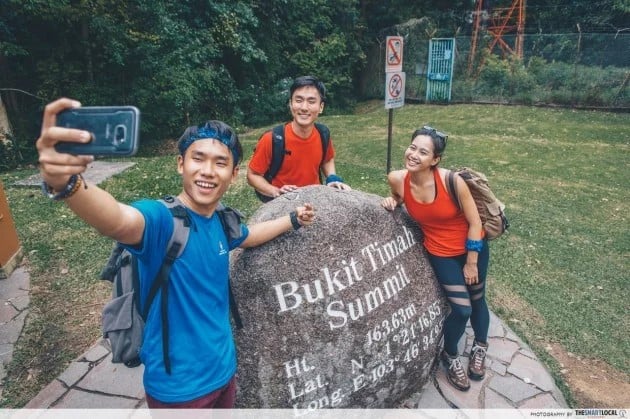
Groups like The Amazing Trekkers Club organise weekly trekking sessions which you can join to train your stamina. They cover local trails in Singapore like Bukit Timah Hill or MacRitchie Reservoir. To build up your fitness level, some groups might also suggest fitness plans for you to adopt such as strength training exercises or routines to build up your endurance.
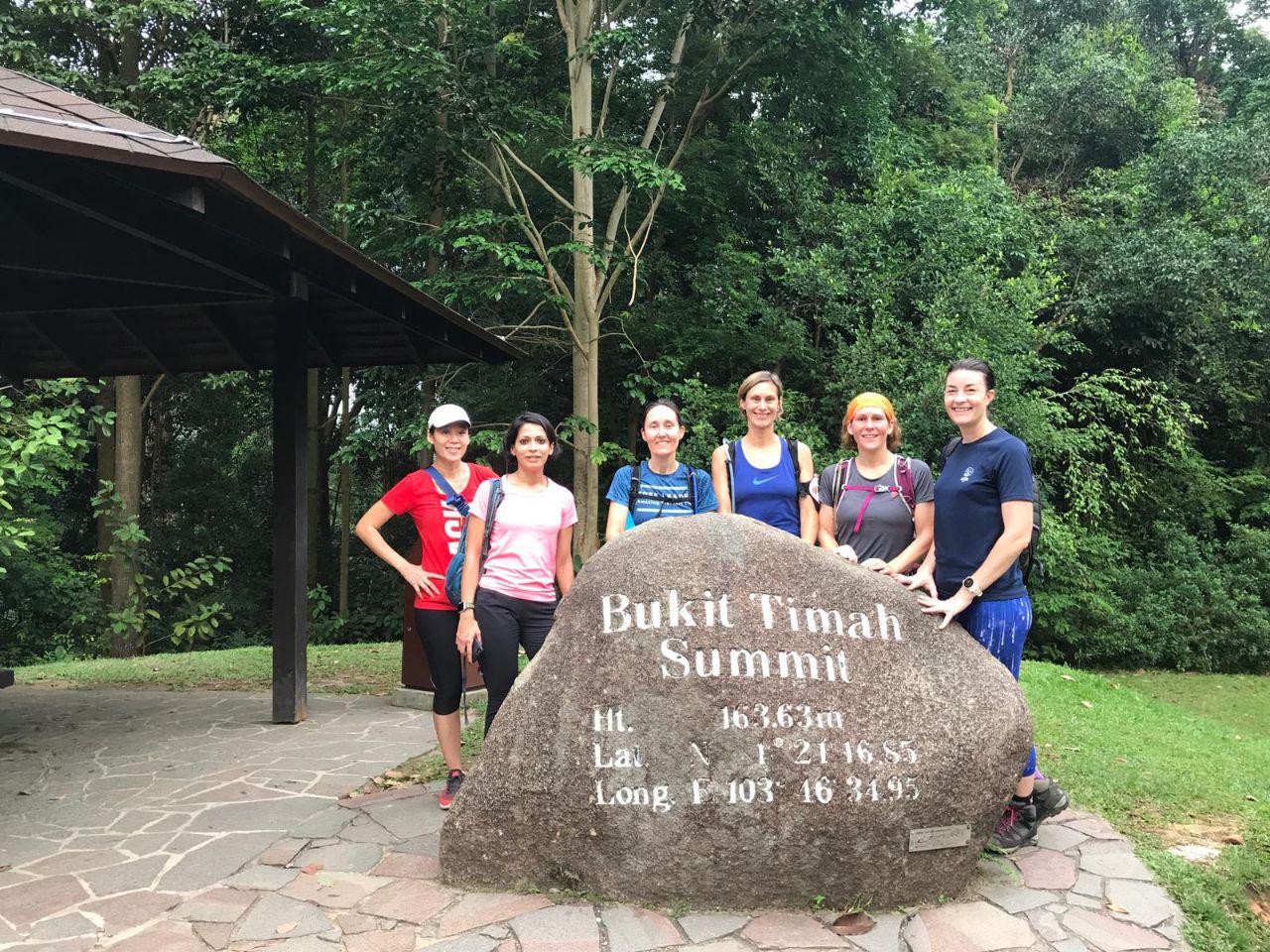 Ladies from the Amazing Trekkers Club hiking together on a sunny Saturday morning.
Ladies from the Amazing Trekkers Club hiking together on a sunny Saturday morning.
Image credit: Constance Koay
Going from local to overseas hiking can be a tricky path to navigate, so it’ll be good if you can find a friend to do this fitspo activity with you, especially since there’s safety in numbers. For these kinds of easy walks, just slip on a pair of walking shoes as you begin your training.
Alternatively, you could find hiking buddies which oftentimes include more experienced individuals who’ll help guide you and take care of you on the trip. Check out MeetUp which connects you with hikers from Singapore and all over the world. Strava (App Store | Google Play) is also another option, with their social connect feature, so you can connect with others for any sport, in this case hiking.
Break into your hiking shoes
When you’re up in the mountains, your shoes are your best friend so it is important to adjust to them before the trip. You can start by walking around in your new kicks for 10-15 minutes a day in the comfort of your home, before advancing to climbing up flights of stairs. This will act as extra fitness training as well.
Training with a load
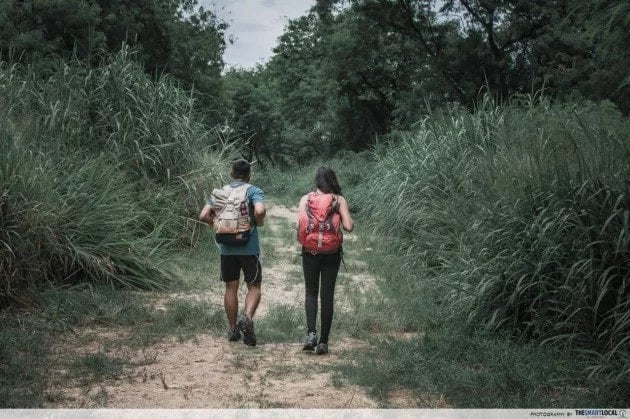
On a daily basis, any sane human being would try to stay away from carrying heavy bags, but a heavy weight on your back is part and parcel of hiking expeditions. Load up your bags before the trip and add “training with bag” to your preparation routine. Doing this will get you used to the weight on your shoulders to conquer the hike with greater ease.
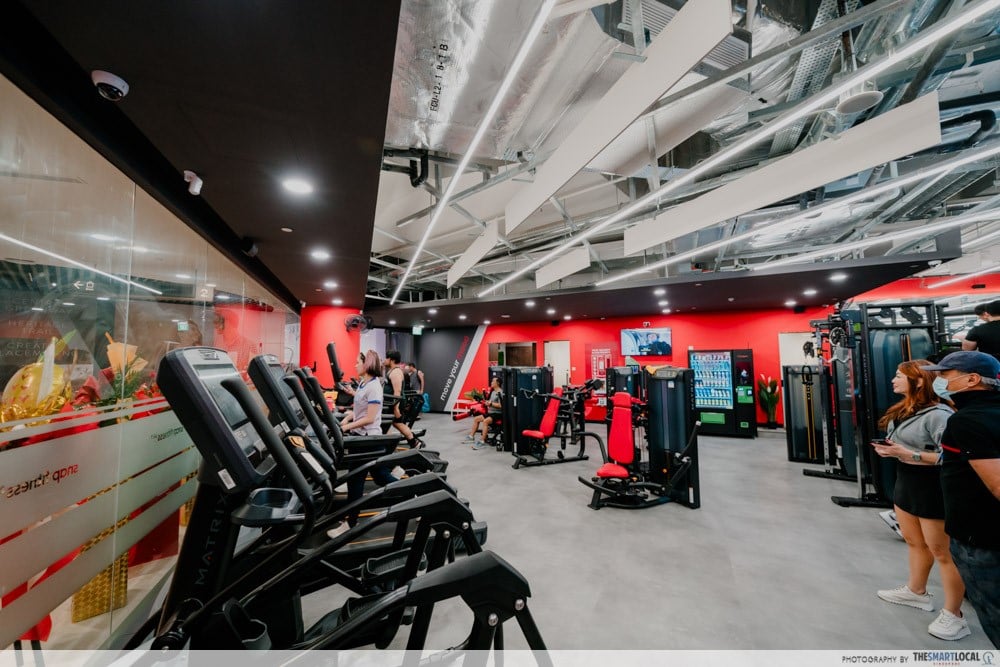
Even if it’s raining, you can hit the gym to get some training in. Machines like stair climbers, treadmills, elliptical, and rowing machines all help train your cardiovascular and muscular endurance, no doubt essential on hikes. Look for 24-hour gyms in Singapore and go at an off-peak timing to train with a backpack if you’re conscious of carrying one with you at the gym.
What items should I pack for a hike?
Packing for hiking trips can be a little more complicated than packing for regular holidays. On top of the gadgets and gear you should arm yourself with, there’s also a certain organisation method to follow to even out the weight of your bag.
How to pack your backpack?
Uncovering all the different compartments in a bag can be a very satisfying activity and especially with hiking bags because there are just so many. And there are a myriad of bag options as well so for a more straightforward decision making, assess the bags based on the capacity, features, and fit.
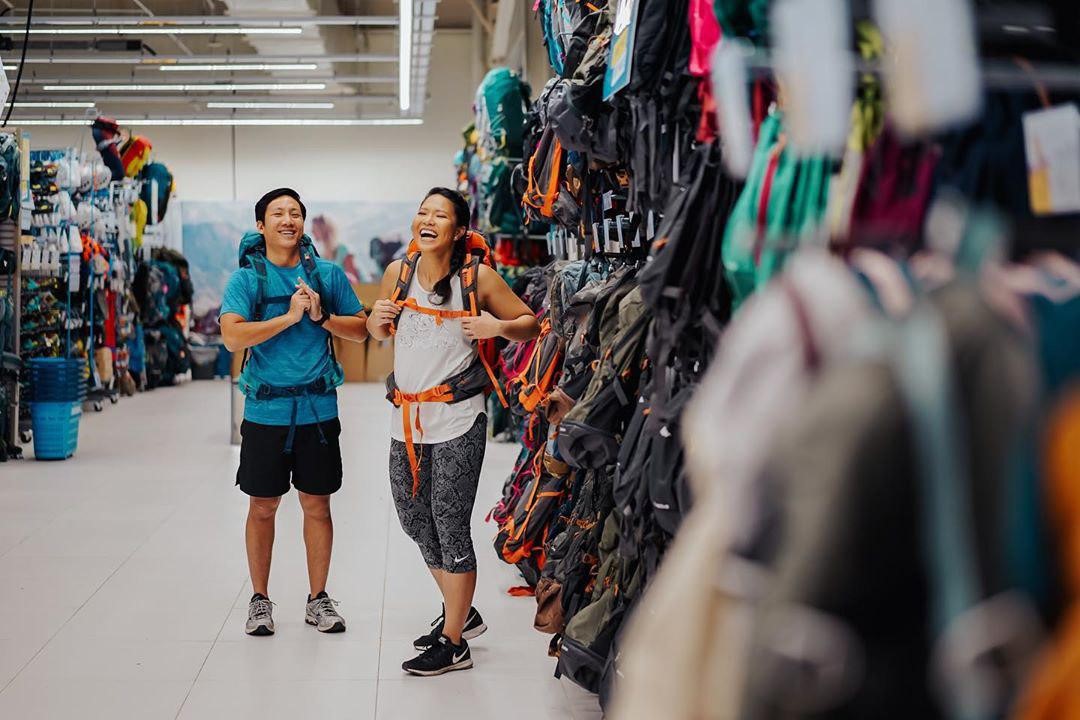 Image credit: @jeffrey.koh via Instagram
Image credit: @jeffrey.koh via Instagram
Day hikes usually require a 21-35 litre capacity while multi-day hikes require 35-50 litres. Most bags also come with hip belts you can wrap around your hips. This can be a good marker of the fit of the bag where the top of the belt should sit about one finger above your hips and the bag straps directly on your shoulders.
You can go for the Speedo Large Teamster 35-Litre backpack, which is big enough for both day and multi-day hikes.
What food to pack on your hike?
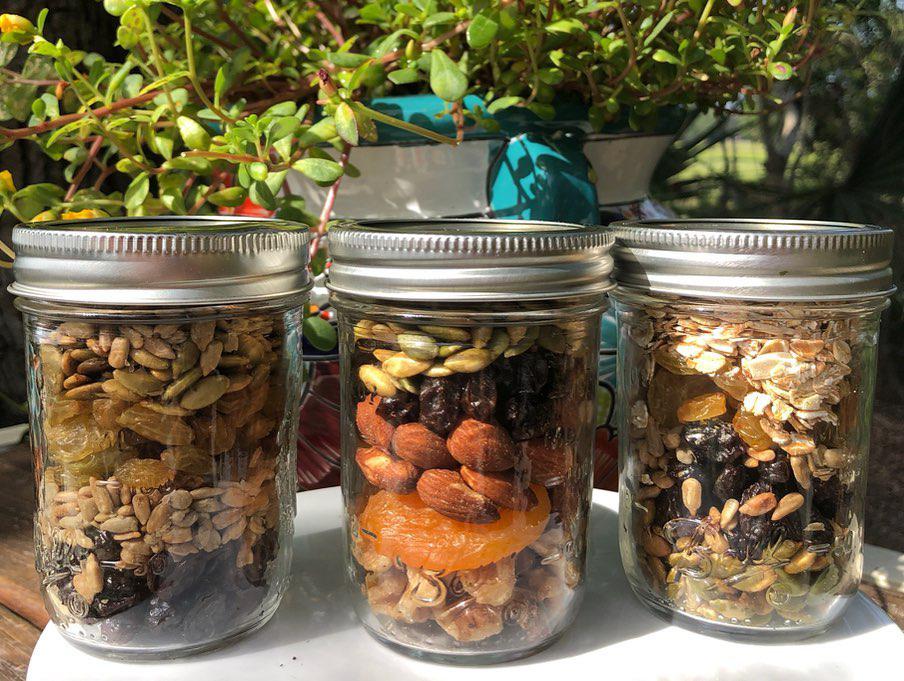
Image credit: @feliciavairo via Instagram
You sure ain’t going to get any 5-star gourmet meals when you’re on a hike but you have the perfect excuse to indulge in more sweet foods than you normally would.
As a general guide, you should pack food that is high in fat and sugar content like protein bars, nuts and dried fruit. You can also throw in some salted pretzels into the mix as well which will help with replenishing your salt content. Do eat 1-2 hours before your activity, during the activity and after for recovery. Otherwise, scoop some servings of protein powder into a Ziploc bag to get a quick fix of protein on the go.
Do eat 1-2 hours before your activity, during the activity and after for recovery.
How much water should I bring on my hike?
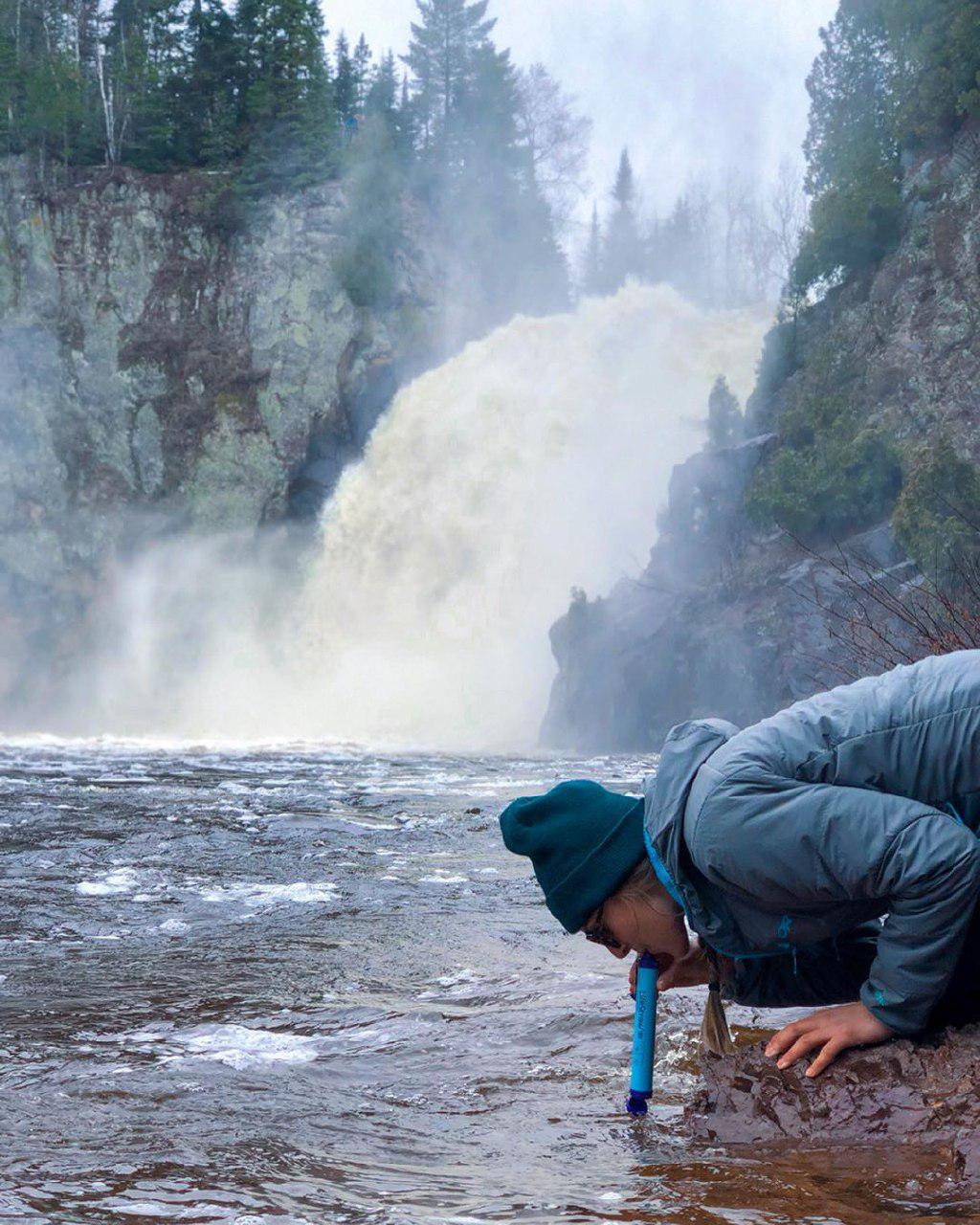 Image credit: @outbackmack_ via Instagram
Image credit: @outbackmack_ via Instagram
If there’s only one thing we took away from primary school science lessons, it is that our bodies are made up of 70% water, so hydration is key on your hike.
Before going on your trip, find out whether there are refilling stations or camps on the way up where you can replenish your water. Hikers who’ve been on that particular route might also be helpful in filling you in on such deets. To be safe, purchase water filtration devices such as the Steripen or filter bottles like the Lifestraw bottle that’ll let you obtain safe drinking water from rivers.
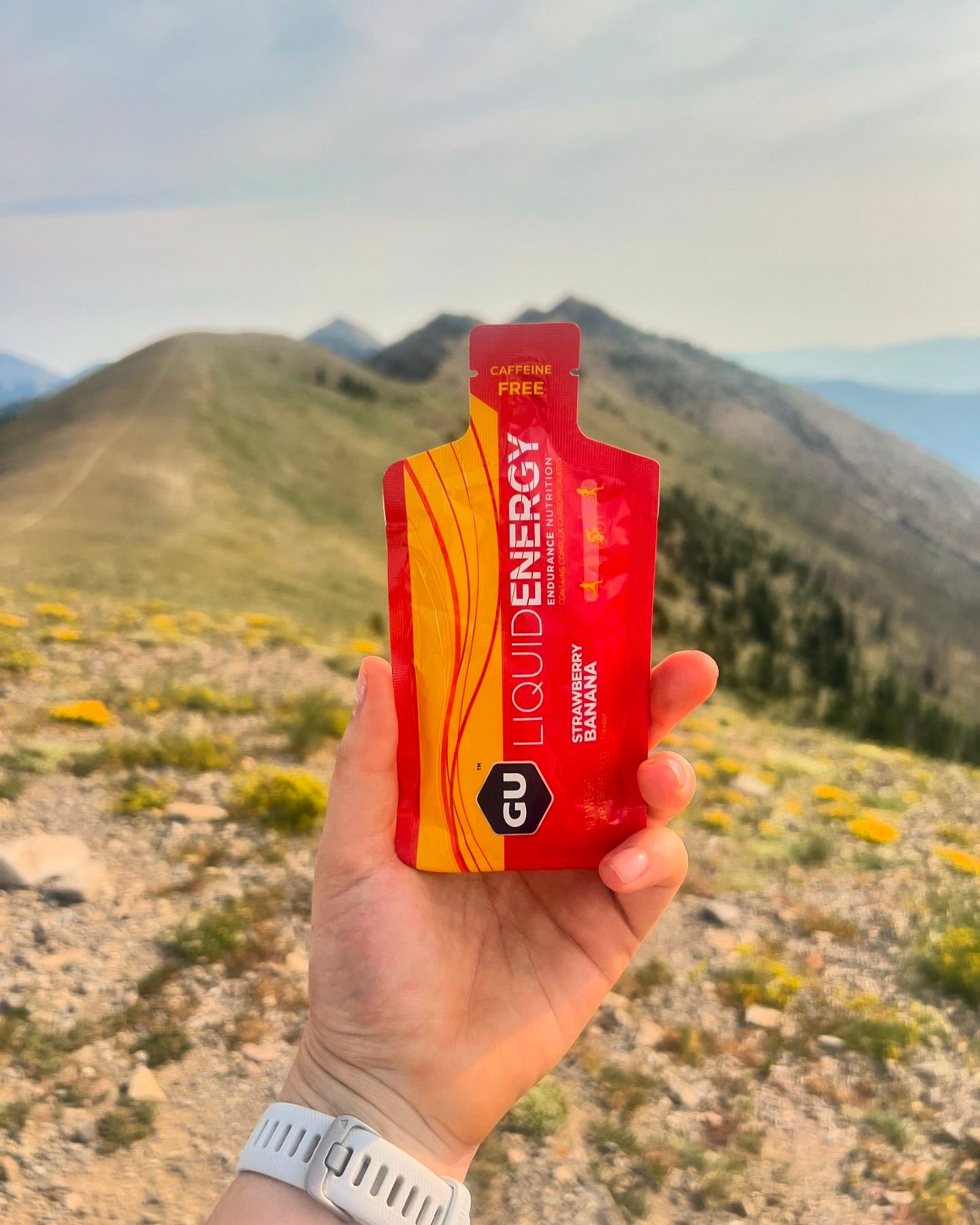 Image credit: @guenergylabs via Instagram
Image credit: @guenergylabs via Instagram
Hydration gels are also good to have with you as well because they contain useful minerals. This helps to balance your electrolyte content – a vital component when it comes to refilling your bodily fluids.
What essential gear must I bring on a hike?
If you’re slowly becoming fluent in the hiking lingo, you’ll hear the term, the 10 essentials. These are useful things to have on a hike and can be good backboards when creating a packing checklist.
10 essentials:
-
- Navigation devices – map, compass
- Headlamp with extra batteries
- Sun protection – sunblock, sunglasses, sun protection clothes
- First aid – foot care, insect repellant
- Pocket knife
- Matches, lighter
- Sleeping bag
- Extra food
- Extra water
- Extra clothes
Sometimes, you may be suay enough to not have access to toilet facilities when mother nature comes calling. In this situation, just answer the call with a pack of soft bath tissues to make cleaning yourself in the wild atad bit more comfortable.
When is the best time to go hiking?
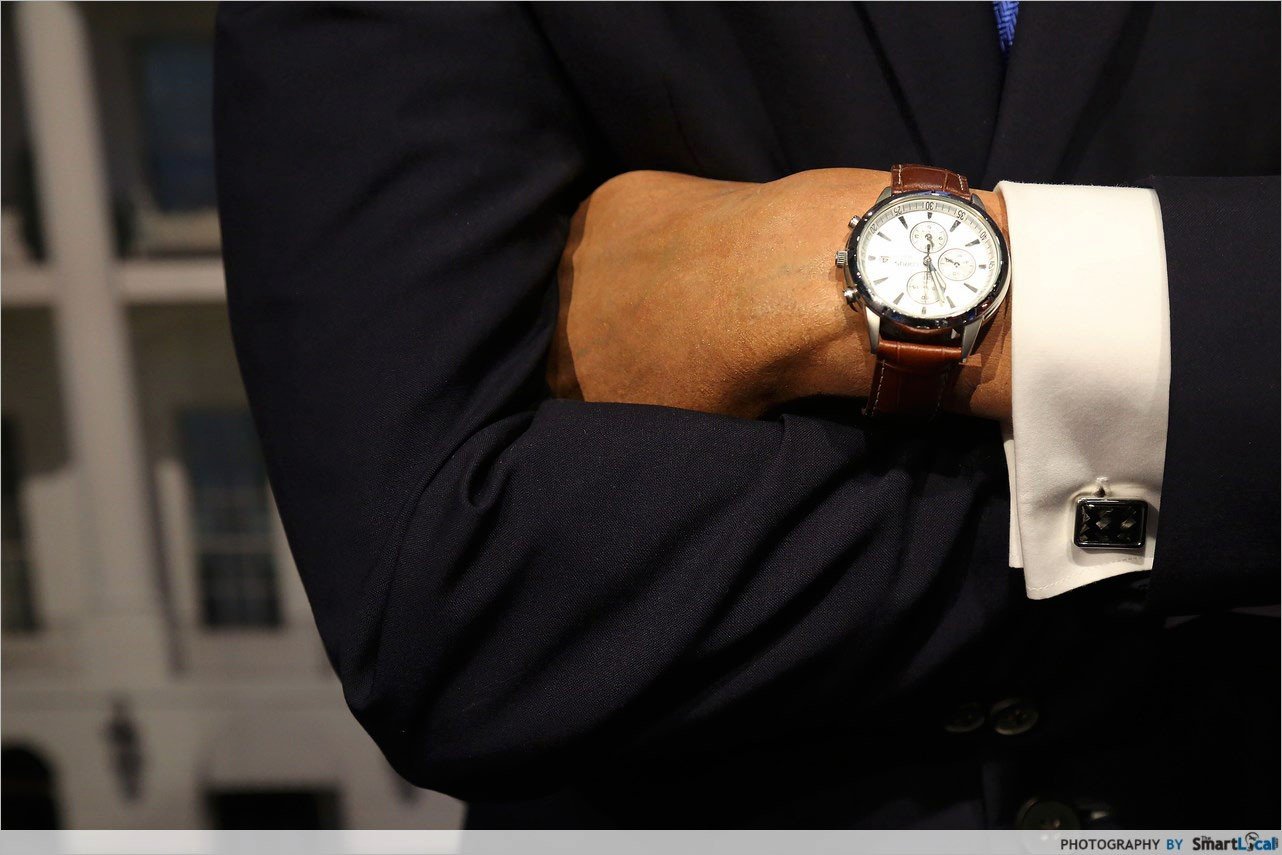
The early bird catches the worm, and that same logic applies here. Go early in the morning for a chance to catch the golden hour, but also to avoid the unforgiving tropical midday heat, which will make the hike harder. You’d typically want to avoid hiking in the evening, as it can be dangerous without any lights.
If it’s raining, definitely postpone for at least the day afterwards, as the slopes will be wet and slippery. Always have a smartphone on your person so you can stay up to date on the weather conditions in case you have to retreat.
A good watch option for the wilderness would be the Timex Full-Size Ironman Watch, a rugged timepiece built for the outdoors. Fitness buffs can take it up several notches with the Garmin Epix Gen 2, a smartwatch with all the bells and whistles money can buy.
Guide to hiking for beginners
Hiking is an activity worth considering when you’re planning for your next adventure abroad. And if you do decide on doing it, this will be a handy guide to ease you into the system of things. Most importantly, stay positive during the journey, and make safety your priority.
Read our articles on hiking here:
- Mount hiking trails in South Korea
- Hiking trails around Bukit Timah Nature Reserve
- Beautiful waterside trails
- Guide to MacRitchie Treetop Walk
Cover Image adapted from: @santero_apparel via Instagram, The Smart Local.
Originally published on 23rd July 2019. Last updated by Kezia Tan on 28th November 2024.
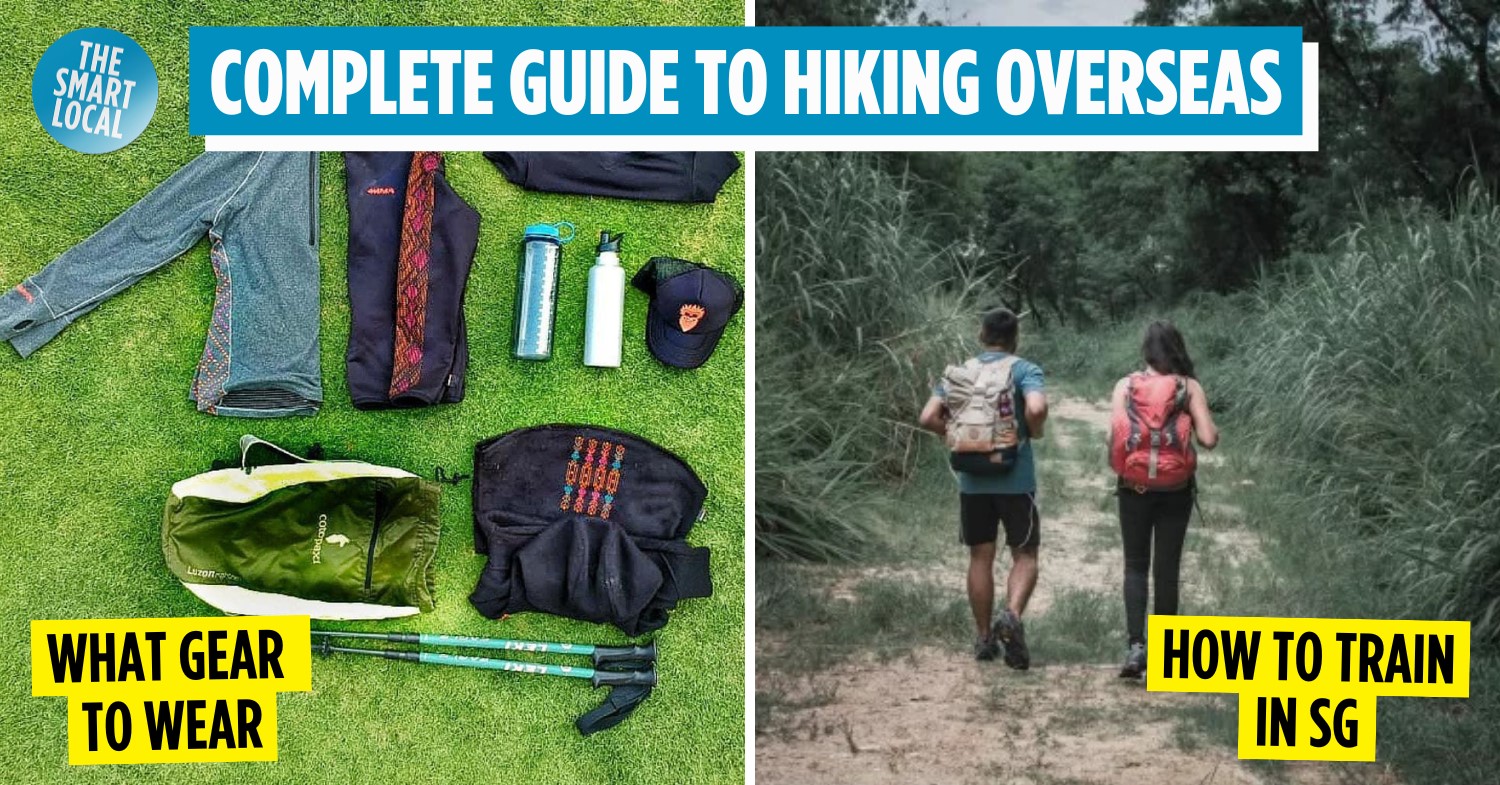
 Sign Up with TSL Connect
Sign Up with TSL Connect